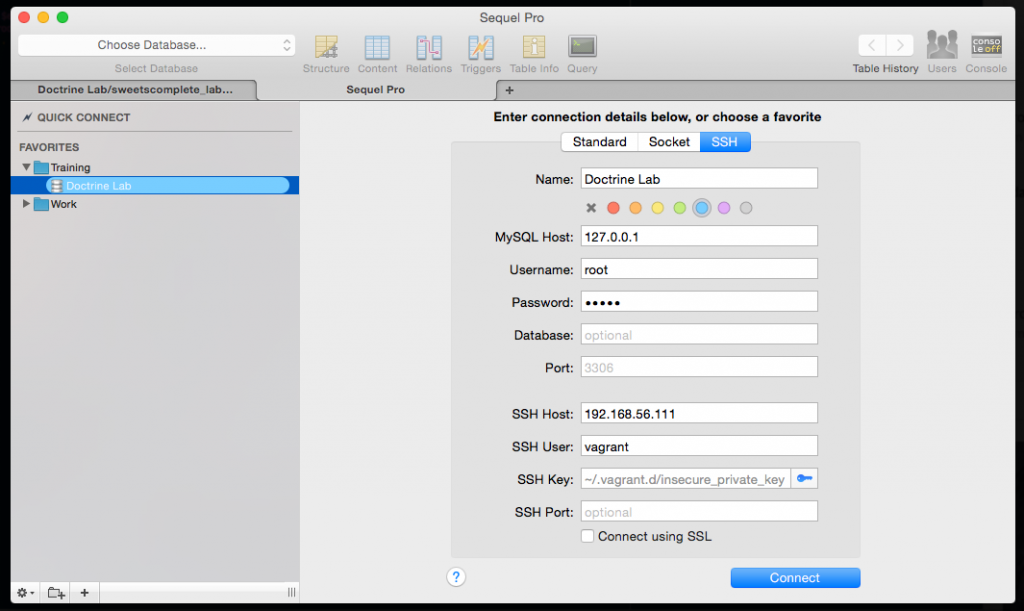
Every once in a while, when I upload pieces like the one above to social media, such as Facebook, Twitter, Instagram or Reddit, someone asks for an explanation of the process to produce it. It’s not super complex, but it is a little involved. So, in this post, I’m going to describe the basic process; complete with diagrams.
So strap yourself in, set your tray in the upright and locked position. We’re about to take off for the Twisted Geometries Zone.
Continue reading






 I’m sick of going looking for this information across the web when I need it. So I’m putting it all together in one place. This is for my own use, but you’re welcome to reference it as well, if you find it useful. Just so it’s been said: the canonical online reference (IMO) is the
I’m sick of going looking for this information across the web when I need it. So I’m putting it all together in one place. This is for my own use, but you’re welcome to reference it as well, if you find it useful. Just so it’s been said: the canonical online reference (IMO) is the 
 Over the years of learning the many and various skills necessary for being a well-versed web developer, you find a number of tools to help you get things done. Sometimes you have to build those tools for yourself.
Over the years of learning the many and various skills necessary for being a well-versed web developer, you find a number of tools to help you get things done. Sometimes you have to build those tools for yourself. 